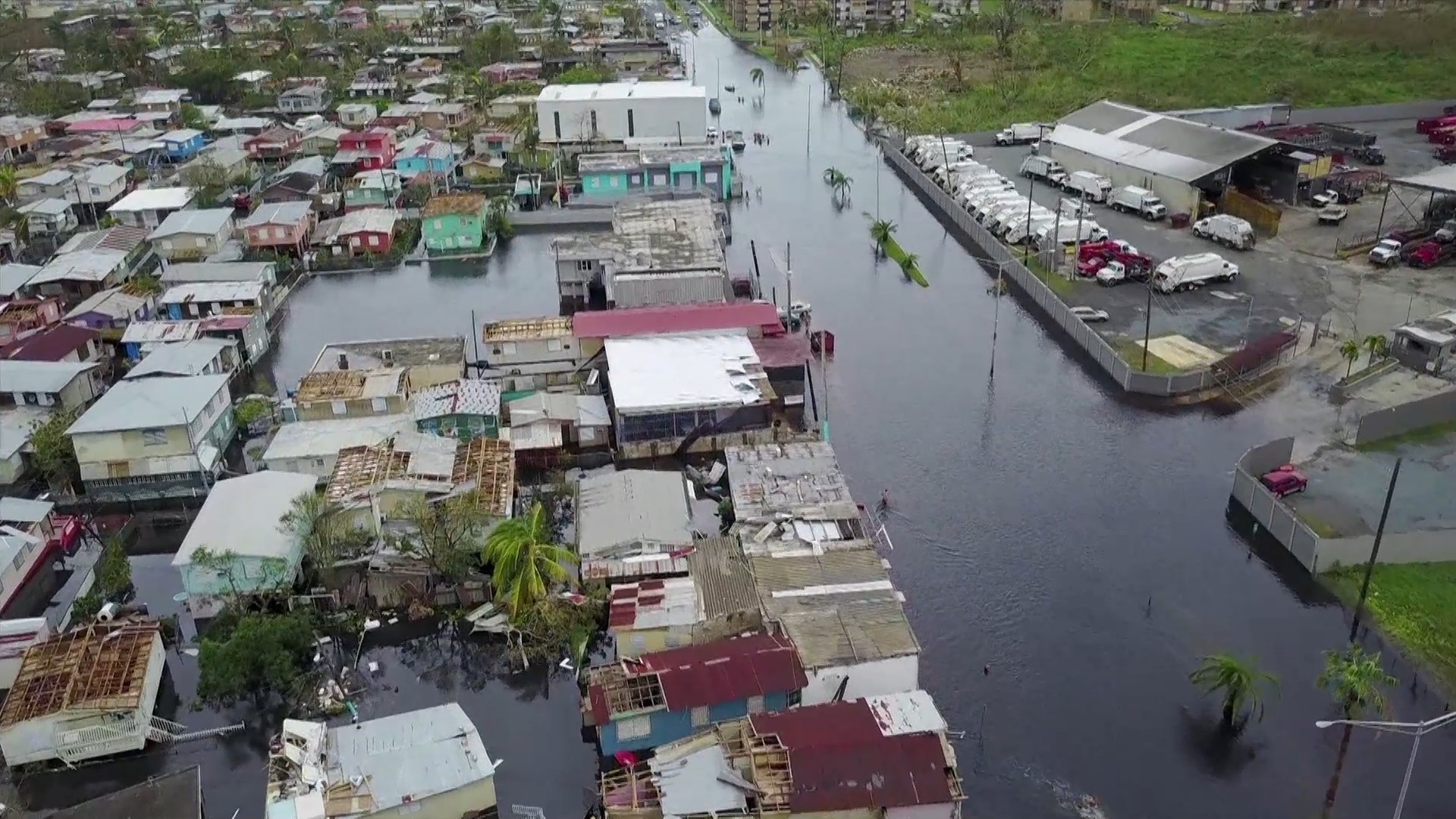With fires blazing in Bel Air and flood-waters lapping at the streets of Houston, Americans might have intuited that 2017 was a particularly devastating year for natural disasters. And, this month, that intuition was confirmed and quantified by the National Oceanic and Atmospheric Association (NOAA). NOAA reported that, in 2017, the U.S. suffered 16 weather and climate disasters that each caused losses in excess of $1 billion. NOAA estimates the total cost of these events at around $300 billion, making this past year the costliest on record since 2005, the year of Hurricane Katrina.
Advertisement
This figure includes not only the aforementioned headline-making disasters like Hurricanes Harvey and Maria, or the Thomas Fire in California. But also less telegenic, still devastating catastrophes — drought in the Dakotas, tornadoes in the midwest — that received comparatively little national coverage.But while the numbers are staggering, perhaps the most surprising fact of all is that the numbers are low.According to NOAA itself, this figure can’t capture the enormous costs still mounting in the wake of 2017’s disasters. NOAA notes that its estimates, though inclusive of data from the Insurance Services Office, FEMA and others, “should be considered conservative with respect to what is truly lost, but cannot be completely measured.” And according to Eric Nordman, director of the Center for Insurance Policy & Research, we won’t have a handle on those true losses for some time.
Check out more videos from VICE:
Some costs however, are already apparent. The long debated National Flood Insurance Program (NFIP) provides low cost flood insurance to homeowners in flood zones, which both protects homeowners in vulnerable areas but also subsidizes building (and rebuilding, again and again) in risky, flood prone areas. Congress reauthorized the program this year, after it borrowed over $5.8 billion dollars to cover its losses from this year’s catastrophic hurricane season.
“Take Puerto Rico as an example,” Nordman tells VICE Impact, noting that 40 percent of the island was, as of our conversation, still without power. “Do you have any idea what the insured loss is in Puerto Rico? No. It will take a year or two before you can have an accurate figure.”The U.S. suffered 16 weather and climate disasters that each caused losses in excess of $1 billion.
Check out more videos from VICE:

Some costs however, are already apparent. The long debated National Flood Insurance Program (NFIP) provides low cost flood insurance to homeowners in flood zones, which both protects homeowners in vulnerable areas but also subsidizes building (and rebuilding, again and again) in risky, flood prone areas. Congress reauthorized the program this year, after it borrowed over $5.8 billion dollars to cover its losses from this year’s catastrophic hurricane season.
Advertisement
But those storms do not affect every citizen or every city equally. Indeed, they can be a kind of force multiplier, exacerbating or highlighting existing problems.
Otis Rolley is the Regional Director for North America at 100 Resilient Cities, an organization funded by the Rockefeller Foundation that works with municipalities to improve their preparedness for both acute catastrophes and chronic stresses. Resiliency, Rolley tells VICE Impact, can and must be understood more broadly than just bouncing back from a one time natural disaster.Resiliency is about “dealing in a smarter way around some of the stresses that the city is facing,” Rolley says, be that lack of affordable housing, high rates of homelessness, or institutionalized structural racism. “So that when, not if, but when those shocks occur, you have that foundation and you’re able to snap back in a way that’s much more cost efficient, much more responsible and much more responsive to your citizenry and much more equitable in terms of meeting the needs of your low income and higher income citizens.”Resiliency programs do not come cheap — New York City this past fall announced it was spending $145 million (which included $120 million from FEMA) to improve the resiliency of its beach communities in the face of worsening storms and rising seas. But that high cost pays off and not just after a storm hits. The bond creditor Moody’s announced in November that lack of “sufficient adaptation and mitigation strategies” against climate change and shocks would likely have a negative impact on city and state credit ratings. And with commentators warning that the devastating costs of 2017 might not be an aberration, but possibly a new normal, those resiliency plan price tags will begin to look more and more affordable.Make a difference in your city or town by telling your mayor that you're ready for them to commit to 100 percent renewable energy. Take action for 100 percent clean energy today to make an impact on tomorrow."Not if, but when those shocks occur, you have that foundation and you’re able to snap back in a way that’s much more cost efficient, much more responsible and much more responsive to your citizenry and much more equitable in terms of meeting the needs of your low income and higher income citizens.”